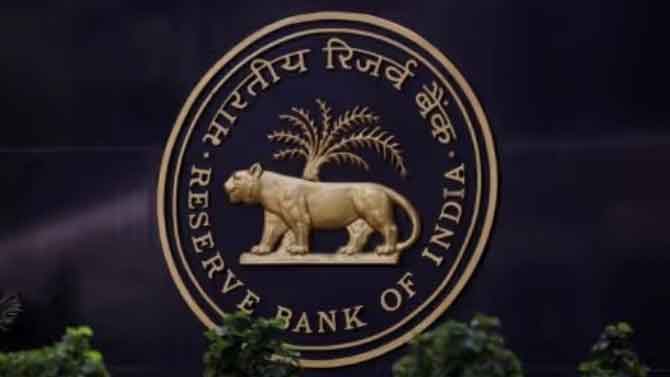MUMBAI- India’s new central bank governor Sanjay Malhotra has initiated a review of the Reserve Bank of India’s inflation and growth forecasting tools to minimize projection errors, four sources said.
Malhotra, who took charge last month, is asking the RBI’s internal teams to include new datasets, analysis and projections in their inflation and growth forecasts, sources aware of the central bank’s thinking said.
None of the sources wished to be identified as they are not allowed to speak with the media. The RBI did not immediately respond to a Reuters’ email seeking comment.
The review comes amid increased scrutiny on the central bank’s growth and inflation estimates, which have been off the mark for much of the current fiscal year, with growth on track to be much weaker than expected and inflation higher.
At the December policy meeting, the RBI cut its growth forecast sharply to 6.6 percent from 7.2 percent for 2024-25, while retail inflation projections were raised upwards to 4.8 percent versus 4.5 percent earlier.
This was after India’s gross domestic product growth fell unexpectedly to 5.4 percent in the July-September quarter, its slowest in seven quarters, while inflation quickened again in November.
On Tuesday, the government forecast annual growth of 6.4 percent in the fiscal year ending in March, the slowest in four years and below the RBI’s projections of 6.6 percent, weighed by weaker investment and manufacturing.
Two of the sources Reuters spoke to said the RBI would look to increase datasets required to gauge trends in income and expenditure better.
For this, it could include trends in small-ticket digital payments as well as data from food delivery apps and online taxi aggregators, both sources said.
A breakdown of different components of fuel usage could also be added to judge retail and industrial activity, the sources said.
“Malhotra is data-driven – as of now, he wants to curb forecast errors that the RBI has been making on both inflation and growth,” the first source said.
The RBI is seeking to widen data collected on India’s informal economy, which is currently inconsistent and difficult to use to make accurate forecasts, a second source aware of the discussions said.
To improve inflation projections, the RBI will use machine learning tools to preempt price fluctuations in volatile items like food, the first source said.





